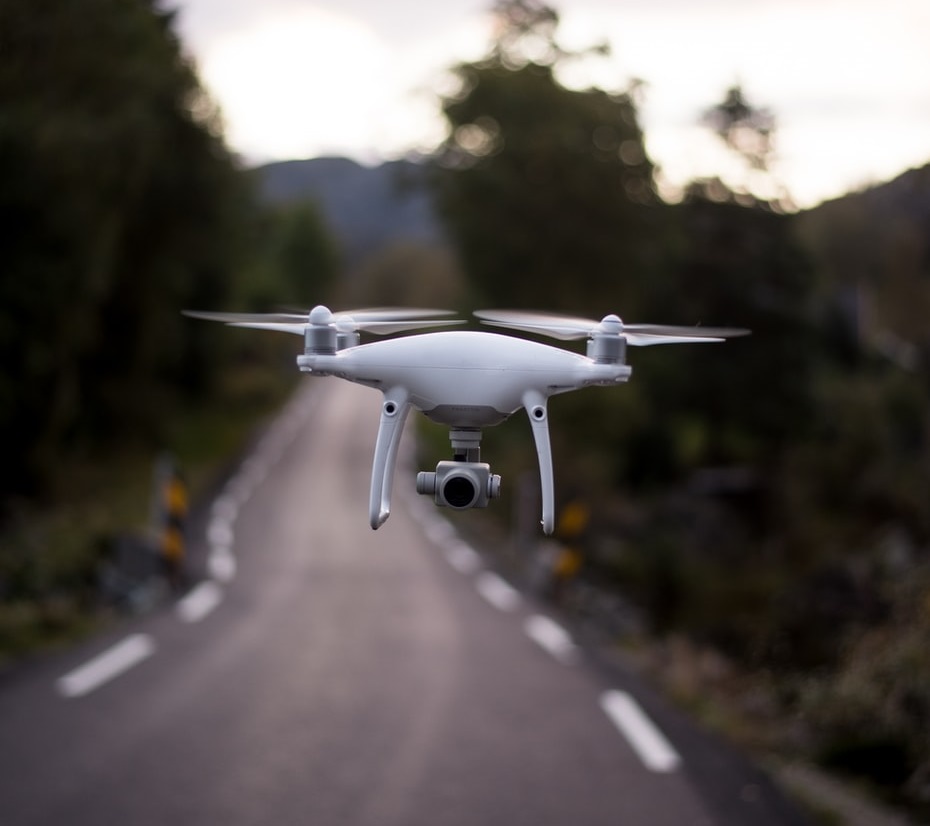
We’re already starting to see some exceptional examples of innovation come out of the COVID-19 epidemic, none more so than in the digital health sector. Digital health has seen strong growth both domestically and globally, garnering healthy projections even before the COVID-19 pandemic hit. According to Grand View Research, the global digital health market size is expected to reach USD 509bn by 2025. Market research firm, Technavio, predicts that the digital health market size has the potential to grow by $207bn during 2020-2024.
According to the Australian Trade and Investment Commission, 62% of Aussies are using technology to better manage their health. 91% believe technology can help them better manage their health and Australia’s digital health market, valued at US$1.5bn in 2018, is expected to grow to US$1.8bn in 2020. The Government announced a $5bn, 10-year investment plan for the Medical Research Future Fund as part of its 2019–20 Budget to keep Australia at the forefront of medical research and innovation.
All this points towards the likelihood that the healthcare industry, from how we see doctors, to how we receive medication, will be completely revolutionised.
Globally, the coronavirus pandemic has led to impressive ingenuity in health tech. Take, for example, the transportation of medication and PPE using unmanned vehicles. Antwork and Terra Drone transported medical samples and quarantine materials via a medical delivery drone from the People’s Hospital of Xinchang County in China to the disease control center of Xinchang County, marking the launch of the first “urban air transportation channel” to help to fight the coronavirus.

Zipline’s use of drones to deliver medical supplies in Africa has seen it deliver donated blood and other life-saving medical supplies to community hospitals that are cut off from the medical access found in major cities. Doctors and health facilities use an app to order blood, vaccines, and PPE that can be delivered in a matter of minutes. Zipline is aiming to bring its system to the U.S. to help alleviate some of the strain on hospitals but the initiative needs FAA approval.
It’s not just unmanned aerial vehicles that are helping in the crisis. Nuro, the autonomous vehicle startup founded by two ex-Google employees, is using delivery robots to help health care workers fighting COVID-19. The self-driving delivery company is operating at two field hospitals in California.
The delivery of medical supplies via drones and driverless vehicles could become commonplace. Home delivery of medication could have a string of benefits, one of the most notable, particularly during the current climate, is that it’s entirely contactless and doesn’t require human-to-human contact. In November last year, pre coronavirus, UPS Flight Forward Inc. partnered with CVS Pharmacy to successfully complete two drone-driven prescription medication deliveries. Shoebox-sized parcels were delivered to a private home in Cary in North Carolina and then to a nearby retirement community.
Poor medication adherence is widely recognised as one of the most common and costly preventable costs for health systems and populations throughout the world. Automating and digitising the process of receiving medication, and lessening the friction associated with visiting your GP, then having to travel to your pharmacy to collect your medication, could make for a much better user experience and lend itself to the unmanned delivery of prescription medication being fast-tracked. There are already services like MedAdvisor in Australia, which automate and simplify the process of managing prescription medication use. Adding automated, unmanned delivery could be the next piece in the jigsaw.
Suite 2 Level 7, 500 Bourke Street
Melbourne, Victoria 3000
Australia
Email us: support@medadvisor.com.au
MedAdvisor is an affiliate member of the World Pharmacy Council.
No Comments Yet
Let us know what you think